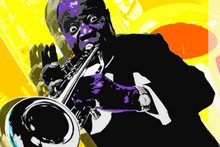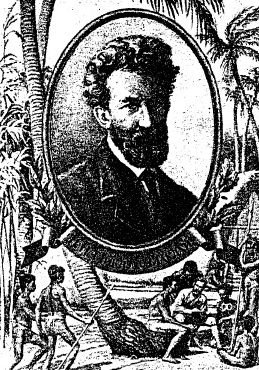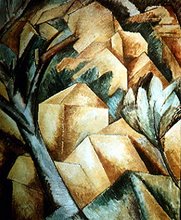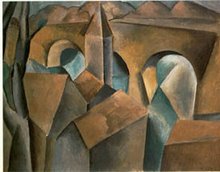 William Robertson Smith (1846 – 1894) was a Scottish orientalist, Old Testament scholar, professor of divinity, and minister of the Free Church of Scotland. He is also known for his book Religion of the Semites, which is considered a foundational text in the comparative study of religion. Religion of the Semites is an account of ancient Jewish religious life which pioneered the use of sociology in the analysis of religious phenomenon.
William Robertson Smith (1846 – 1894) was a Scottish orientalist, Old Testament scholar, professor of divinity, and minister of the Free Church of Scotland. He is also known for his book Religion of the Semites, which is considered a foundational text in the comparative study of religion. Religion of the Semites is an account of ancient Jewish religious life which pioneered the use of sociology in the analysis of religious phenomenon.“In a few introductory pages of his Lectures on the Religion of the Semits the Victorian biblicist and Arabist William Robertson Smith pioneered the myth-ritualist theory. … Smith’s approach to ancient religion is behaviorist.” (R.A. Segal. 1998, 1)
“According to Smith, “in almost every case the myth was derived from the ritual and not the ritual from the myth (Smith 1889, 19) … myth is merely the explanation of a religious usage.” (R.A. Segal. 1998, 2)
“The antique religions had for the most part no creed; they consisted entirely of institutions and practices” (Smith 1889, 18). Smith grants that ancients, whom he compares with primitives, doubtless performed rituals for some reason: “No doubt men will not habitually follow certain practices without attaching a meaning to them” (Smith 1889, 18). (R.A. Segal. 1998, 2)
For Smith, ritual is conspicuously more important than myth, which he calls “secondary”. (R.A. Segal. 1998, 3)
1. The Myth and Ritual Theory. An Anthology. Edited by Robert A. Segal. 1998. Blackwell Publishers Inc. Malden, Massachusetts, USA.
2. William Robertson Smith, Lectures on the Religion of the Semits, First Series, 1st edn (Edinburgh: Black, 1889).











No comments:
Post a Comment